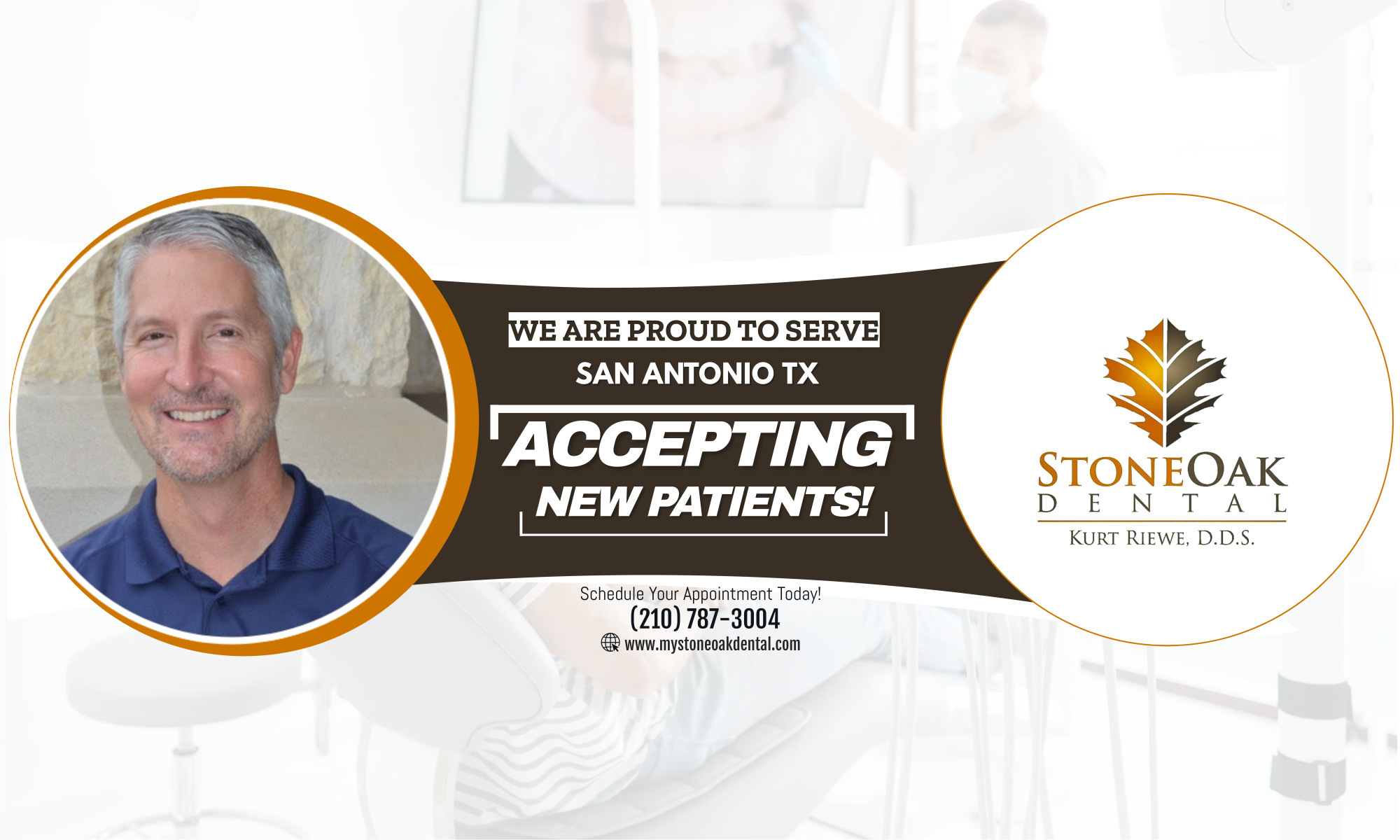If youve lost all of your natural teeth, whether from gum disease, tooth decay or injury, complete dentures can replace your missing teeth and your smile.
Replacing missing teeth will benefit your appearance and your health.
Without support from the denture, facial muscles sag, making a person look older. Youll also find it harder to eat and speak things that people often take for granted until their natural teeth are lost.
There are various types of complete dentures.
A conventional full denture is made and placed in the patients mouth after the remaining teeth are removed and tissues have healed which may take several months.
An immediate complete denture is inserted as soon as the remaining teeth are removed. The dentist takes measurements and makes models of the patients jaws during a preliminary visit. With immediate dentures, the denture wearer does not have to be without teeth during the healing period.
Even if you wear full dentures, you still must take good care of your mouth. Brush your gums, tongue and palate every morning with a soft-bristled brush before you insert your dentures to stimulate circulation in your tissues and help remove plaque.
And even if you wear full dentures, its important to visit your dentist regularly to maintain your overall oral health and get early warning of serious issues such as oral cancer.
